The above rare incident happened to a pregnant woman over 20 years old in Auckland city, the capital of New Zealand. The incident was described by New Zealand Commissioner for Health and Disability Morag McDowell in an investigation report published on September 4, according to The Guardian .
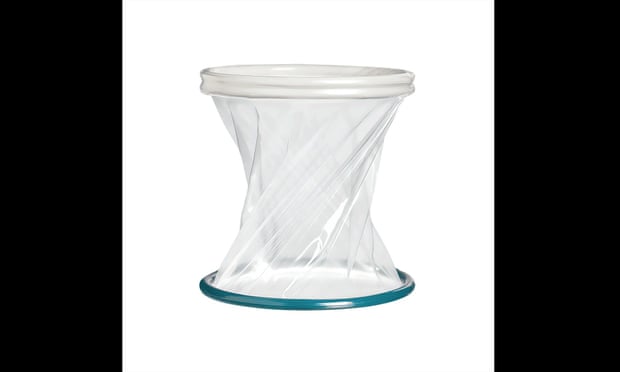
Wound dilator/closure device
THE GUARDIAN SCREENSHOT
The woman underwent a caesarean section at Auckland City Hospital in 2020. However, an instrument called the Alexis retractor was left inside her abdomen.
An instrument used to dilate/close a surgical incision was left in the abdomen after a cesarean section, according to the investigation report. An extremely large instrument, about the size of a “plate” and designed to close a 17-centimeter incision, was not detected on X-rays.
This caused the woman to suffer from persistent abdominal pain until the device was accidentally discovered during a CT scan. It was not until 2021, about 18 months after the initial surgery and several visits to the doctor, that the woman underwent surgery to remove the device.
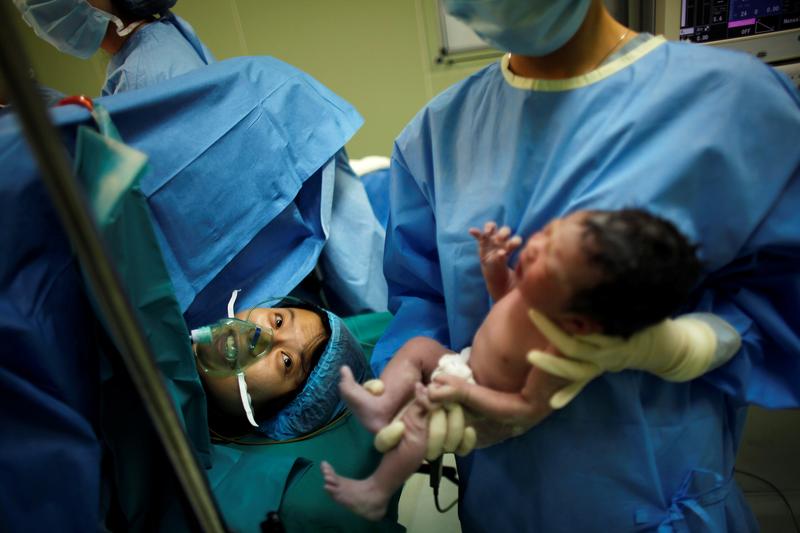
Mother and baby during a cesarean section
ILLUSTRATION PHOTO: REUTERS
According to the report, a total of 11 medical staff including surgeons, midwives, anesthesiologists, and nurses were involved in the 2020 surgery. However, the aforementioned instruments were undercounted. The report noted that this incident was similar to another case in the same area and recommended that the policy on counting medical equipment be adjusted.
Auckland Regional Public Health Service, which manages Auckland City Hospital, initially denied wrongdoing but later apologised for what happened to the patient and the impact on the mother and her family. The incident has been reviewed and improvements have been made to systems and processes to prevent similar incidents.
Commissioner McDowell said those involved in the operation were genuinely concerned and remorseful about the incident. She also slammed the health authority’s initial statement, saying it was easy to conclude that leaving a surgical instrument in a person’s body did not meet the standard of care expected.
Source link



![[Photo] General Secretary To Lam attends the conference to review 10 years of implementing Directive No. 05 of the Politburo and evaluate the results of implementing Regulation No. 09 of the Central Public Security Party Committee.](https://vphoto.vietnam.vn/thumb/1200x675/vietnam/resource/IMAGE/2025/5/19/2f44458c655a4403acd7929dbbfa5039)
![[Photo] Close-up of Tang Long Bridge, Thu Duc City after repairing rutting](https://vphoto.vietnam.vn/thumb/1200x675/vietnam/resource/IMAGE/2025/5/19/086736d9d11f43198f5bd8d78df9bd41)
![[Photo] President Luong Cuong presents the 40-year Party membership badge to Chief of the Office of the President Le Khanh Hai](https://vphoto.vietnam.vn/thumb/1200x675/vietnam/resource/IMAGE/2025/5/19/a22bc55dd7bf4a2ab7e3958d32282c15)
![[Photo] Panorama of the Opening Ceremony of the 43rd Nhan Dan Newspaper National Table Tennis Championship](https://vphoto.vietnam.vn/thumb/1200x675/vietnam/resource/IMAGE/2025/5/19/5e22950340b941309280448198bcf1d9)





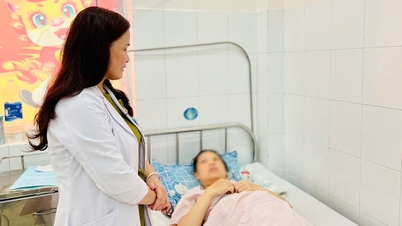


















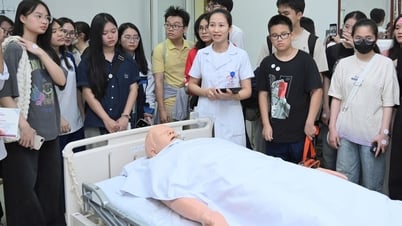


![[Photo] Prime Minister Pham Minh Chinh inspects the progress of the National Exhibition and Fair Center project](https://vphoto.vietnam.vn/thumb/1200x675/vietnam/resource/IMAGE/2025/5/19/35189ac8807140d897ad2b7d2583fbae)
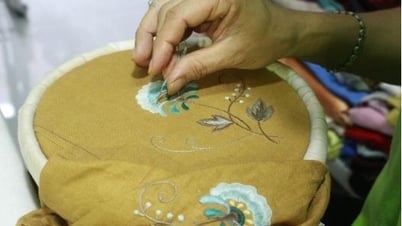












































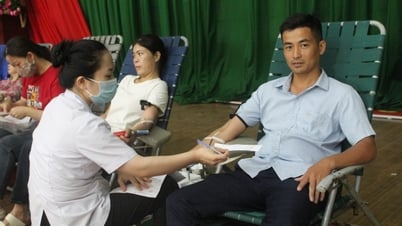












![[VIDEO] - Enhancing the value of Quang Nam OCOP products through trade connections](https://vphoto.vietnam.vn/thumb/402x226/vietnam/resource/IMAGE/2025/5/17/5be5b5fff1f14914986fad159097a677)





Comment (0)